Imperial Sceptre of Roman Emperor Maxentius (~312AD)

My friend David Oliver emailed me about a recent archeological find at the base of the Palatine Hill in Rome. It is the imperial sceptre of the Emperor Maxentius (306-316AD) - the only example of a sceptre ever found. It has been restored and is now on display in the National Museum of Rome. The blue orb at the top represents the earth. The grip was made of orichalcum, a gold-coloured alloy of brass.
The sceptre was introduced by the first Roman emperor, Augustus (63BC-AD14), as a symbol of imperial authority.
Maxentius died in battle at the Milvian Bridge in a power struggle with his brother-in-law, Constantine. And it is thought that the sceptre, wrapped in silk and linen, was buried there in its wooden box to hide it from the Emperor's opponents.
Maxentius is remembered for the Circus of Maxentius, best preserved of the Roman circuses.
The obelisk, which was situated at the very centre of this circus, was not actually an ancient Egyptian artifact but a Roman copy.
It was transported to and erected in the Piazza Navona, itself developed on the site of a Roman circus of the 1st century AD, the Stadium of Domitian.
I must say I see the sceptre as more of a curio than something of serious artistic worth, though of obvious historical importance.
And so I admit to being a bit disappointed. Maybe I expected it glittering with remnants of gold and jewels ... whereas this supreme object of imperial power and glory seems ... a tad in the plebean side!




![C18 Bronze Buddha [Southern China]](http://4.bp.blogspot.com/-pg5AYBcdb0k/VY-W9bzdjcI/AAAAAAAAE4U/pxWiGKSBIls/s1600/Buddha%2B%255BBronze%252C%2BC18%252C%2BChina%255D%2B1.jpg)











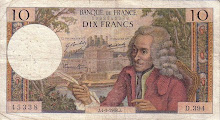
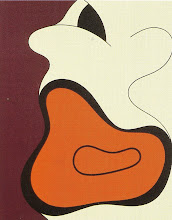+1998+Cropped.jpg)
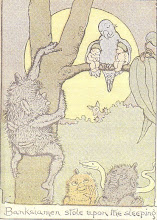
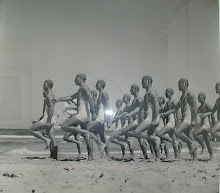
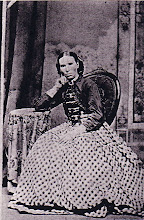



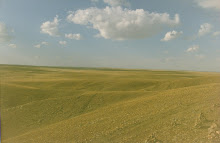



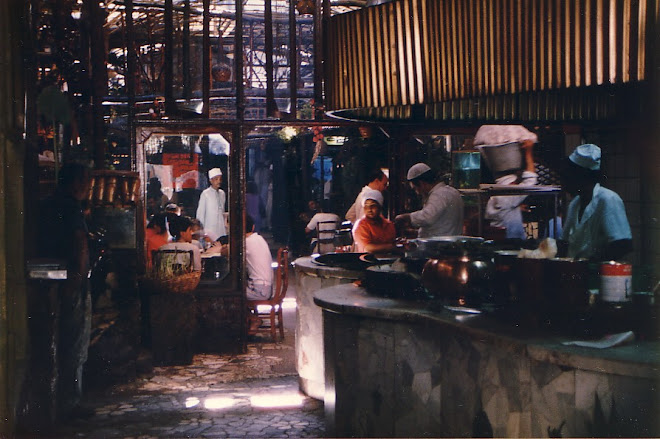

I am disappointed it looks so un-Egyptian (major Egyptology freak alert to be inserted here) but also not very much so because: Romans, how much more can they bastardise and cheapen other civilization's art forms? - AND: It's still a phallic look. I sort of have a fondness for phallic looks :)
ReplyDeletei suspect, as do all 'new masters of the world', the romans wanted their own take on the form, which is not to disagree with you in any way. and i too have been known to appreciate the odd phallis - tho not more than once a day at most - i don't at all believe in over-indulgence. i think it weakens the spirit (can't keep typing - when i'm fantasizing so much against type). to bed it's nearly 3am!
ReplyDeleteIt might not look much, but I was rather startled by the symbol of blue orb for the world. Seems altogether too modern and prescient. I was under the impression that the Romans were flat-earthers...
ReplyDeletehey anon, you are right - maybe it represented a spherical heavenly body rather than the flat-appearing earth. take care. nick
ReplyDelete